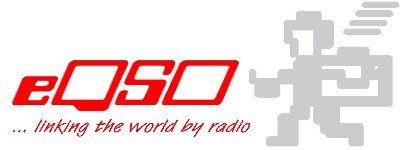
There are literally millions of wall clocks, desk clocks,clock radios,wristwatches,and other devices that set themselves to NIST time. These radio controlled clocks contain tiny radio receivers tuned to NIST radio station WWVB, located near Fort Collins,Colorado. WWVB continuously broadcasts time and frequency signals at 60 kHz, in the part of the radio spectrum known as low frequency (LF). The WWVB signal includes a time code containing all of the information needed to synchronize radio controlled clocks in the United States and the surrounding areas. In addition, calibration and testing laboratories use the 60 kHz carrier frequency from WWVB as a reference for the calibration of electronic equipment and frequency standards.
History of WWVB
LF and VLF (very low frequency) broadcasts have long been used to distribute time and
frequency standards. As early as 1904, the United States Naval Observatory (USNO)was
broadcasting time signals from the city of Boston as an aid to navigation.This experiment and others like it made it evident that LF and VLF signals could cover a large area using a relatively small amount of power. By 1923, NIST radio station WWV had begun broadcasting standard carrier signals to the public on frequencies ranging from 75 to 2000 kHz. These signals were used to calibrate radio equipment, which became increasingly important as more and more stations became operational. Over the years,many radio navigation systems were designed using stable time and frequency signals broadcast on the LF and VLF bands. The most well known of these navigation systems is LORAN-C, which allows ships and planes to navigate by transmitting stable 100 kHz signals from multiple transmitters.
The station known today as WWVB began life as radio station KK2XEI in July 1956.
The transmitter was located at Boulder, Colorado, and the radiated power was just 1.4 W. Even so, the signal was monitored at Harvard University in Massachusetts. The purpose of this experimental transmission was to show that the radio path was stable and the frequency error was small at low frequencies.In 1962, NIST (then called the National Bureau of Standards or NBS) began building a new facility at a site north of Fort Collins, Colorado. This site became the home of WWVB and WWVL, a 20 kHz transmitter that was moved from the mountains west of Boulder.
NIST Radio Station WWVB
The site was attractive for several reasons, one being its exceptionally high ground
conductivity, which was due to the high alkalinity of the soil. It was also reasonably close to Boulder (about 80 km, 49.3 mi), which made it easy to staff and manage; but much farther away from the mountains. The increased distance from the mountains made it a better choice for broadcasting an omnidirectional signal.WWVB went on the air on July 5, 1963, broadcasting a 7 kW signal on 60 kHz. WWVL began transmitting a 500 W signal on 20 kHz the following month. Although WWVL went off the air in July 1972, the WWVB signal became a permanent part of the nation’s infrastructure.A time code was added to WWVB on July 1, 1965. This made it possible for radio clocks to be designed that could decode the signal and automatically synchronize themselves.The time code format has changed only slightly since 1965; it uses a scheme known as binary coded decimal (BCD) which uses four binary digits (bits) to send one decimal number.
The radiated power of WWVB was increased to its current level of 50 kW in 1999. The
power increase made the coverage area much larger, and made it easy for tiny receivers with simple antennas to receive the signal. This resulted in the introduction of many new low cost radio controlled clocks that “set themselves” to agree with NIST time.








No comments:
Post a Comment